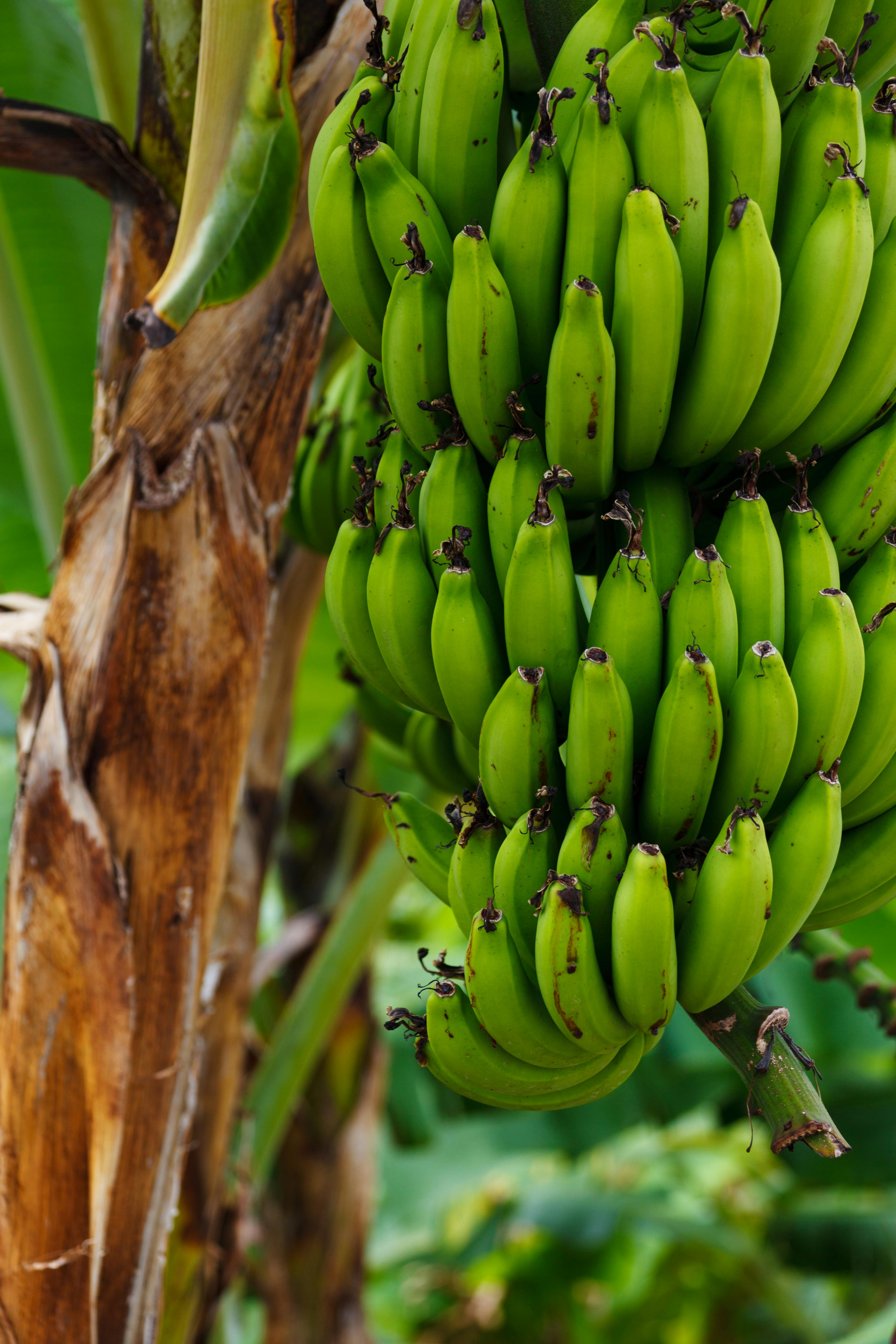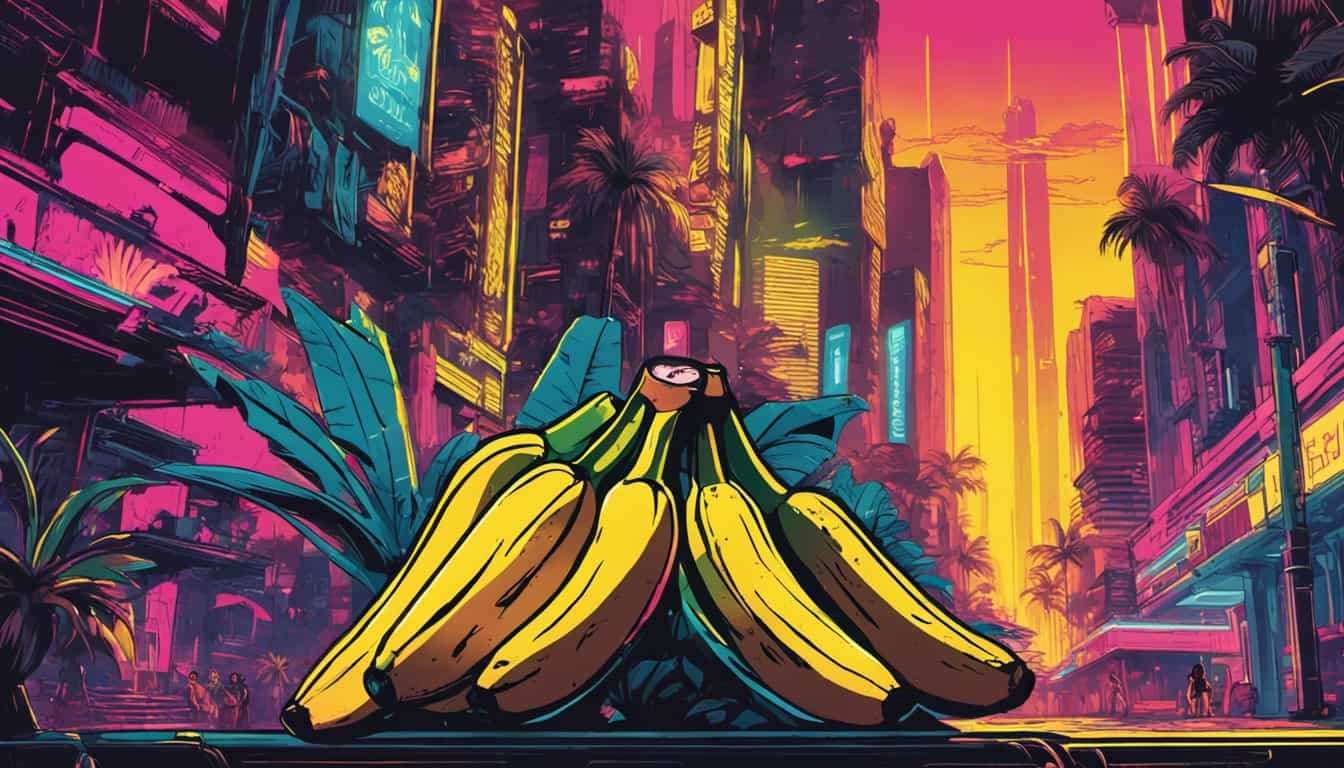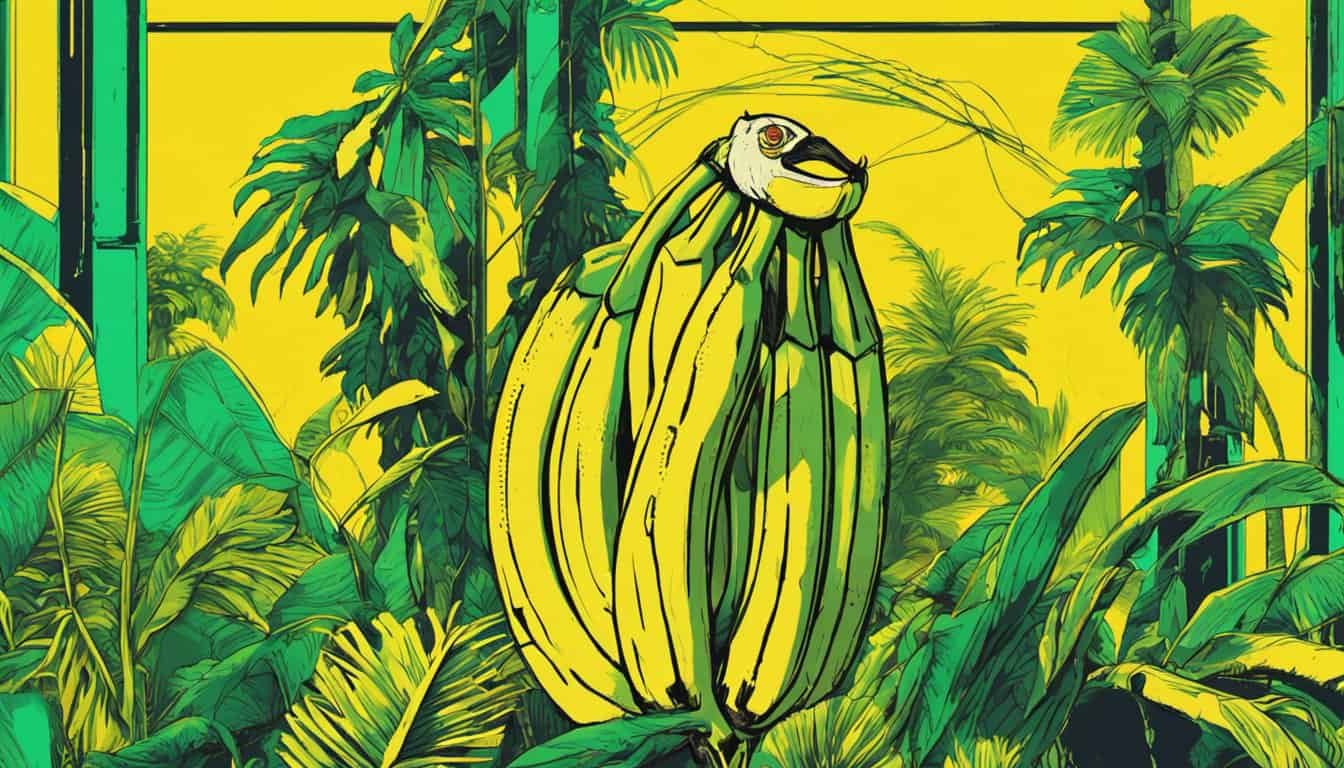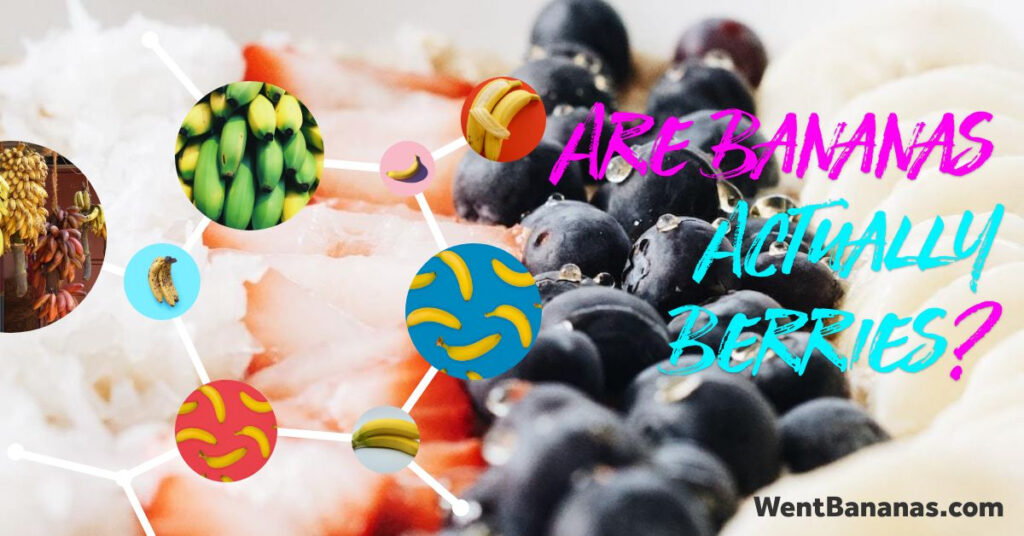Key Takeaways
- Explore Leading Banana Regions: Visit top destinations like Ecuador, Costa Rica, the Philippines, Brazil, and Colombia to experience premier banana cultivation.
- Diverse Banana Varieties: Discover over 50 banana types, including Cavendish, Plantain, Red Banana, and Manzano, each offering unique flavors and uses.
- Sustainable Farming Practices: Learn about eco-friendly and sustainable banana farming methods implemented in regions such as Costa Rica and Brazil.
- Cultural and Culinary Experiences: Engage in local traditions, festivals, and banana-based culinary workshops that highlight the rich cultural heritage of each region.
- Immersive Plantation Tours: Take guided tours of expansive banana plantations to understand the entire production process from cultivation to export.

I’ve always been fascinated by the journey of a banana from tropical fields to our breakfast tables. Exploring the top banana-growing regions not only reveals stunning landscapes but also immerses us in the rich cultures that cultivate this beloved fruit.
From the vibrant plantations of Costa Rica to the sun-soaked farms of the Philippines, each region offers a unique experience. Whether you’re a travel enthusiast or simply curious about where your favorite fruit comes from, these destinations promise unforgettable adventures and picturesque scenery.
Ecuador
Ecuador stands out as a premier destination for banana enthusiasts, offering lush plantations and diverse banana varieties. Exploring its banana-rich regions provides both educational tours and delightful culinary experiences.
Banana Plantation Tours

Ecuador boasts over 20,000 hectares of banana plantations, primarily located in the Coastal and Amazon regions. Visitors can join guided tours that showcase sustainable farming practices and the entire banana production process. These tours typically include:
- Plantation Walks: Observe banana cultivation techniques and pest management.
- Harvesting Demonstrations: Learn about the timing and methods of harvesting bananas.
- Processing Facilities: Tour facilities where bananas are sorted, packed, and exported.
Local Banana Varieties
Ecuador cultivates more than 50 banana varieties, each with unique flavors and uses. Key varieties include:
- Cavendish: The most exported variety, known for its sweet taste and durability.
- Plantain (Plátano): Starchy and ideal for cooking, essential in Ecuadorian cuisine.
- Red Banana: Smaller with a reddish peel and a creamy, sweet flesh.
- Manzano (Apple Banana): Sweet with a hint of apple flavor, perfect for desserts.
| Variety | Flavor Profile | Common Uses |
|---|---|---|
| Cavendish | Sweet and creamy | Fresh eating, smoothies |
| Plantain | Starchy and mild | Frying, baking, stews |
| Red Banana | Creamy and sweet | Desserts, fruit salads |
| Manzano | Sweet with apple notes | Baking, snacking |
Exploring these varieties allows visitors to appreciate the genetic diversity and culinary potential of Ecuadorian bananas.
Costa Rica
Costa Rica stands out as a premier destination for banana enthusiasts, offering a blend of sustainable farming practices and vibrant tourist attractions.
Sustainable Banana Farming
Costa Rica prioritizes sustainable banana farming by implementing eco-friendly techniques and obtaining organic certifications. Farmers use integrated pest management, reducing chemical usage by 30%, and adopt shade-grown methods that preserve biodiversity. Water conservation practices ensure efficient irrigation, cutting water waste by 20%. These sustainable approaches maintain soil health and support local ecosystems, making Costa Rica a leader in responsible banana production.
Tourist Attractions
Visitors to Costa Rica can explore expansive banana plantations through guided tours that showcase the entire cultivation process. The Monteverde Cloud Forest Reserve offers picturesque landscapes where banana trees thrive, providing opportunities for hiking and wildlife spotting. Additionally, the Lanco Orchid Farm integrates banana cultivation with orchid preservation, creating a unique agricultural experience. For those interested in culinary adventures, local cooking classes feature banana-based recipes, allowing guests to taste and learn about diverse banana varieties.
Philippines
The Philippines stands out with its extensive banana plantations and rich agricultural heritage. Exploring this region offers a deep dive into banana cultivation and vibrant local traditions.
Major Banana Regions
The Philippines boasts several key banana-growing areas, each contributing significantly to the country’s production.
| Region | Area Dedicated to Bananas (hectares) | Percentage of Total Production |
|---|---|---|
| Davao Region | 100,000 | 40% |
| Cagayan Valley | 75,000 | 30% |
| Zamboanga Peninsula | 50,000 | 20% |
| Cotabato | 25,000 | 10% |
Cultural Experiences
Engaging with Philippine banana culture reveals a blend of agricultural practices and culinary innovation.
- Banana Farm Tours: Guided visits to plantations offer insights into sustainable farming techniques and harvest processes.
- Local Festivals: Events like the Davao Banana Festival celebrate the fruit’s significance with parades, competitions, and tastings.
- Banana-Based Cuisine: Exploring local markets and restaurants allows me to taste unique dishes, including banana fritters, turon, and banana salads.
- Culinary Workshops: Participating in cooking classes helps me learn new recipes that incorporate various banana varieties, enhancing my culinary repertoire.
Brazil
Brazil stands out with its expansive banana plantations and vibrant agricultural landscape. Exploring its banana-growing regions offers both rich cultivation insights and unique travel experiences.
Large-Scale Banana Farms

Brazil hosts some of the largest banana farms in the world, primarily located in the states of São Paulo, Bahia, and Pernambuco. These farms cultivate varieties such as the Cavendish, Nanica, and Prata bananas, each contributing to the country’s robust banana export industry. The scale of production supports both local consumption and international markets, ensuring a steady supply of high-quality bananas. Advanced agricultural techniques, including mechanized harvesting and efficient irrigation systems, enhance productivity and sustainability on these vast plantations.
Ecotourism Opportunities
Brazil’s banana regions offer diverse ecotourism opportunities that blend agriculture with nature. Visitors can embark on guided tours through sprawling banana plantations, learning about the cultivation process and sustainable farming practices. The Atlantic Forest near Bahia provides stunning hiking trails where you can observe native wildlife and pristine landscapes. Additionally, eco-lodges in Pernambuco offer immersive experiences, allowing guests to participate in banana-related activities such as harvesting and recipe workshops. These opportunities not only educate travelers about banana production but also promote environmental conservation and community engagement.
Colombia
Colombia stands out with its rich variety of banana species and thriving plantations. It’s a key player in the global banana market, contributing significantly to both local consumption and international exports.
Banana Diversity
Colombia cultivates over 30 banana varieties, including the popular Cavendish, Plantain, and the unique Guineo. Each variety offers distinct flavors and textures, catering to diverse culinary preferences. The country’s diverse climates, ranging from coastal regions to mountainous areas, provide optimal conditions for cultivating these varieties. This genetic diversity enhances the resilience of banana crops against pests and diseases, ensuring a stable supply for both domestic and global markets.
Visiting Plantations
Exploring Colombia’s banana plantations offers an insightful experience into banana cultivation. Guided tours typically include visits to expansive farms in regions like Urabá and Magdalena. Visitors can observe the entire growth cycle, from planting to harvesting, and learn about sustainable farming practices employed by local farmers. Educational demonstrations on disease management and harvesting techniques are common highlights. Additionally, some plantations integrate eco-tourism activities, such as bird watching and hiking, allowing guests to enjoy Colombia’s natural beauty while gaining a deeper understanding of banana agriculture.
Conclusion
Visiting these top banana-growing regions has been an incredible adventure for me. Each place offers a unique glimpse into the world of banana cultivation and the vibrant cultures that surround it.

« Banana Art: Creating with Peels and Pulp – Transform Waste into Stunning Creations
Banana Museums and Exhibitions Around the World: Discover the Most Unique Banana-Themed Attractions »
From the lush landscapes of Costa Rica to the rich agricultural heritage of the Philippines, every destination leaves a lasting impression. If you’re looking to combine your love for travel with a passion for bananas, these regions are definitely worth exploring. I can’t wait to plan my next trip and discover even more about the fascinating journey of bananas around the globe.
Frequently Asked Questions
What are the main banana-growing regions highlighted in the article?
The article highlights Costa Rica, the Philippines, Ecuador, Brazil, and Colombia as key banana-growing regions. Each of these countries offers unique landscapes, diverse banana varieties, and rich cultural experiences. Costa Rica is noted for its sustainable farming practices, while the Philippines showcases extensive plantations and vibrant traditions. Ecuador stands out with its genetic diversity of over 50 banana varieties, Brazil for its large-scale production and ecotourism opportunities, and Colombia for its rich variety and sustainable agriculture.
Why is Costa Rica emphasized as a premier destination for banana enthusiasts?
Costa Rica is emphasized for its commitment to sustainable farming practices, including integrated pest management and shade-grown methods that preserve biodiversity. The country also focuses on water conservation, making it a leader in responsible banana production. Additionally, Costa Rica offers vibrant tourist attractions such as the Monteverde Cloud Forest Reserve and the Lanco Orchid Farm, providing visitors with both educational plantation tours and stunning natural landscapes.
What unique experiences can visitors expect in the Philippines’ banana plantations?
Visitors to the Philippines can explore extensive banana plantations in regions like Davao, Cagayan Valley, Zamboanga Peninsula, and Cotabato. They can engage in guided farm tours, participate in local festivals like the Davao Banana Festival, and attend culinary workshops that feature banana-based recipes. These experiences offer a deep dive into banana cultivation, agricultural practices, and the rich cultural heritage associated with banana farming in the Philippines.
How does Ecuador contribute to banana diversity and what can visitors learn there?
Ecuador is renowned for its cultivation of over 50 banana varieties, including Cavendish, Plantain, Red Banana, and Manzano. Visitors can take educational tours of the country’s vast 20,000-hectare plantations, participate in harvesting demonstrations, and tour processing facilities. These tours highlight the genetic diversity and culinary potential of Ecuadorian bananas, allowing visitors to appreciate the different flavors and uses of various banana species.
What sustainable farming practices are used in banana production in Brazil?
Brazil employs advanced agricultural techniques to enhance banana productivity and sustainability. Large-scale banana farms in regions like São Paulo, Bahia, and Pernambuco use methods that reduce environmental impact, such as efficient water usage and integrated pest management. Additionally, Brazil promotes ecotourism in banana regions, encouraging environmental conservation and community engagement through activities like guided tours, exploration of the Atlantic Forest, and participation in banana-related projects.
What makes Colombia a significant player in the global banana market?
Colombia is a major player in the global banana market due to its cultivation of over 30 banana varieties, including Cavendish, Plantain, and the unique Guineo. The country’s diverse climates provide optimal conditions for banana cultivation, enhancing crop resilience against pests and diseases. Colombia also focuses on sustainable farming practices, and visitors can explore plantations in regions like Urabá and Magdalena, learning about the growth cycle and participating in eco-tourism activities.
How do sustainable practices in banana farming benefit the environment?
Sustainable practices in banana farming, such as integrated pest management, shade-grown methods, and water conservation, help reduce chemical usage and preserve biodiversity. These practices minimize environmental impact, protect natural habitats, and ensure the long-term viability of banana plantations. Additionally, sustainable farming promotes soil health and reduces the carbon footprint of banana production, contributing to overall environmental conservation.
What culinary adventures are available for banana enthusiasts in Costa Rica?
In Costa Rica, banana enthusiasts can participate in local cooking classes that feature banana-based recipes. These culinary adventures allow visitors to taste and learn about diverse banana varieties while exploring the local cuisine. Additionally, tours of plantations often include opportunities to try fresh bananas and products made from them, enhancing the overall gastronomic experience.
Can tourists engage in eco-tourism activities related to banana plantations?

Yes, tourists can engage in various eco-tourism activities related to banana plantations. In countries like Costa Rica, Brazil, and Colombia, visitors can go on guided plantation tours, participate in wildlife spotting, hike through cloud forests, and explore botanical gardens. These activities not only provide immersive experiences but also promote environmental conservation and educate tourists about sustainable banana farming practices.
What are some of the most popular banana varieties mentioned in the article?
The article mentions several popular banana varieties, including Cavendish, Plantain, Red Banana, Manzano, Nanica, Prata, and Guineo. Each variety offers unique flavors and culinary uses, ranging from sweet desserts to savory dishes. These varieties highlight the genetic diversity of bananas and their adaptability to different climates and agricultural practices, making them essential to both local consumption and international markets.
















